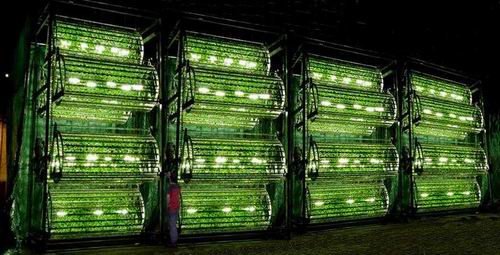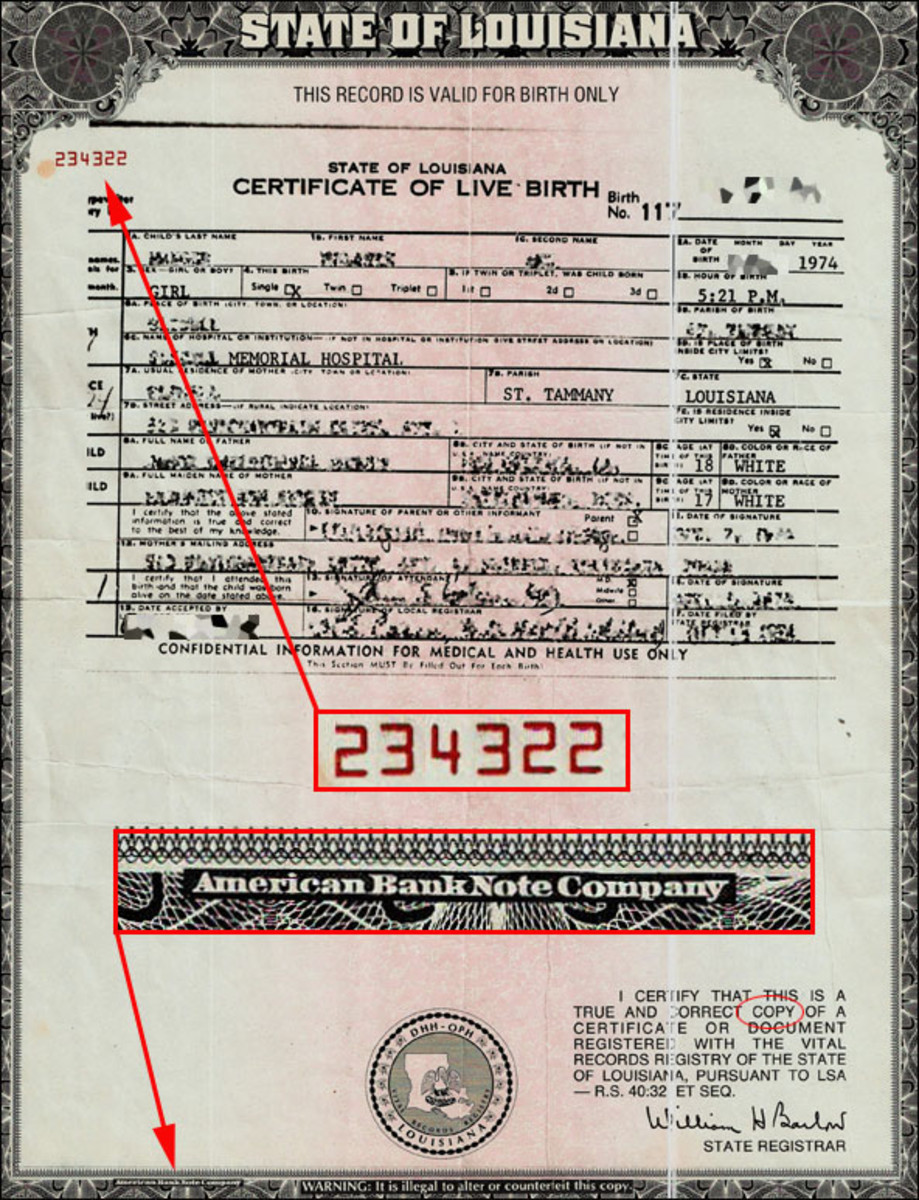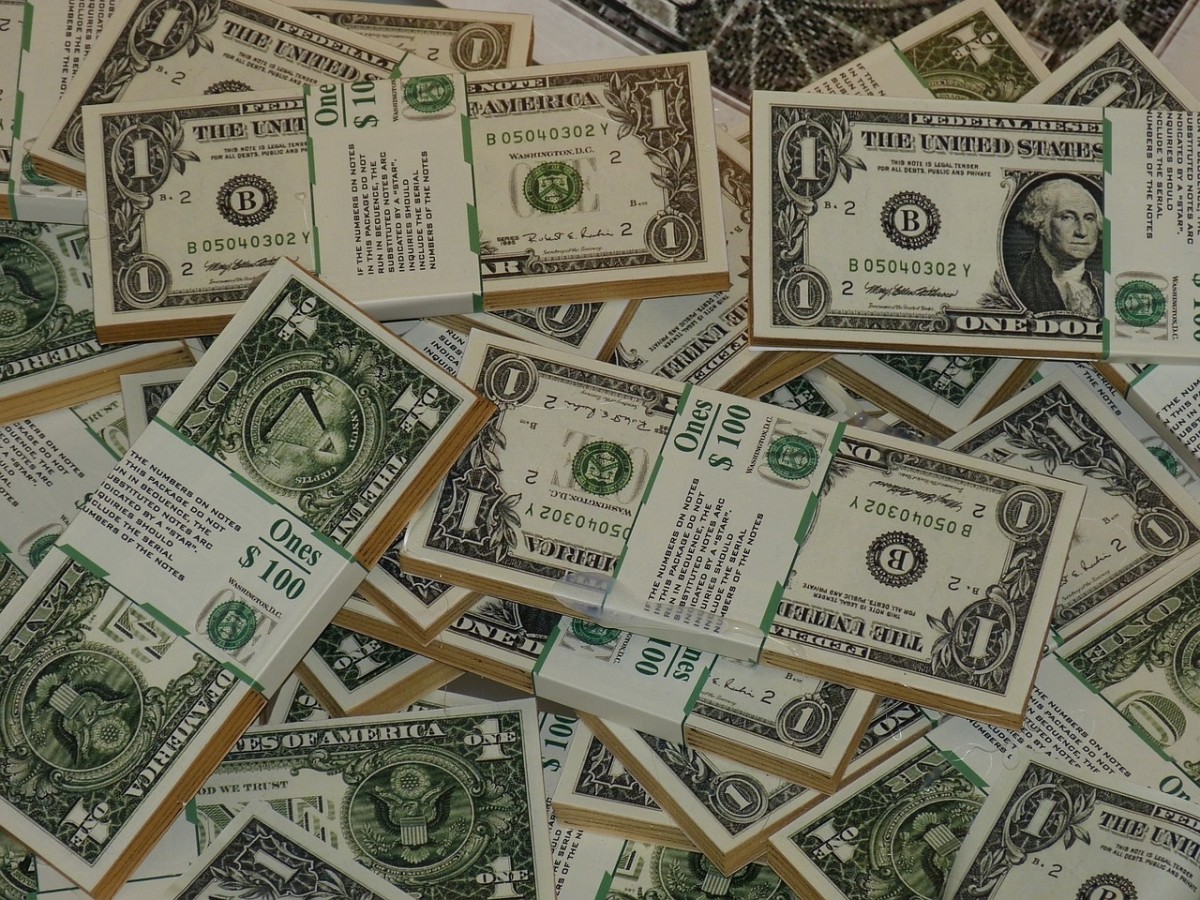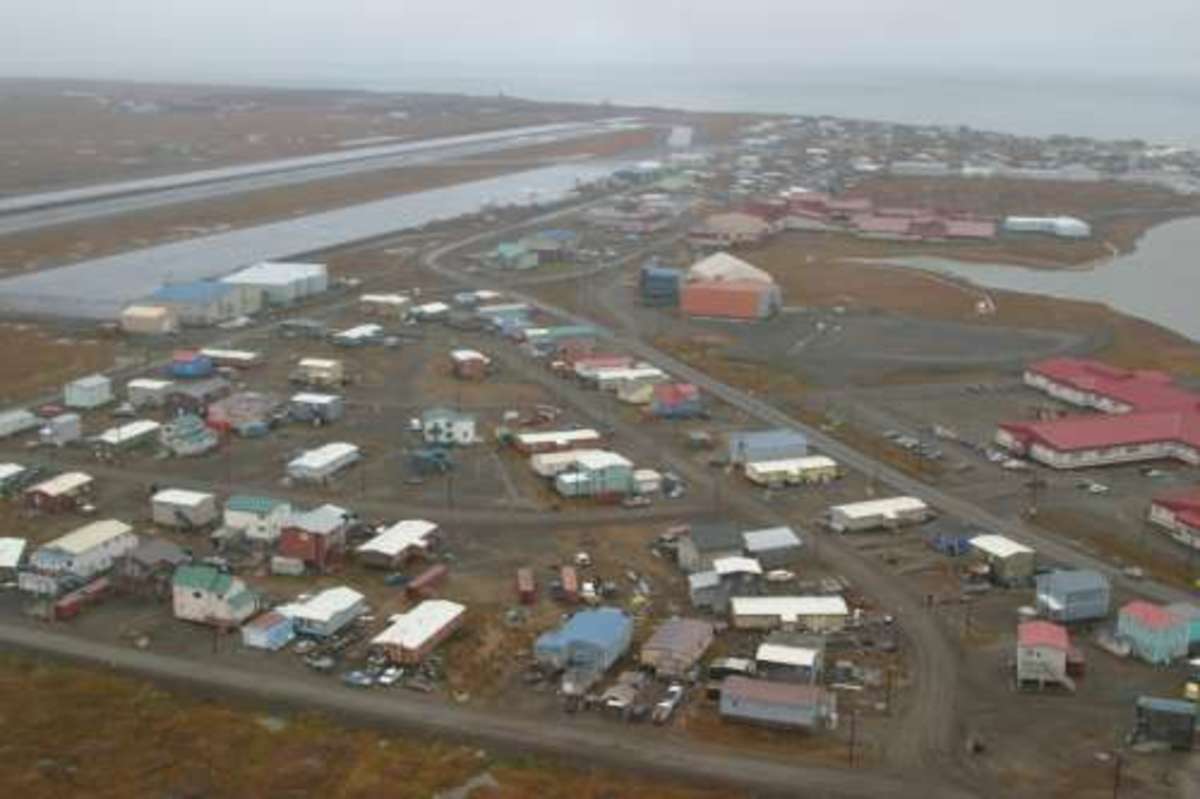If I had 103 Million Dollars
Introduction
With Climate Change and the effects of Peak Oil honing in on our civilization there are some things that a very wealthy person could do to help offset these things by even just a little bit. What follows is my idea.
Hydroponic Wheat Company
Quite a while ago I found out about the Omega Gardens Carousel. It has a geek factor that makes it really intriguing to me. A very first step would be to buy one of these, install it in my garage and attempt to find a kind of wheat that can be grown in it successfully. Presuming a strain of wheat can be found that does grow, the rest of the plan now unfolds.

Find and buy some land out in the country side that is adjacent to or near a rail road and make use of the rail road to deliver the construction materials and equipment to do the building. Likely a spur line would need to be built to have rail cars go directly to the buildings where the wheat will be grown.
Build a number of warehouses that are oriented such that the roof is angled at the optimum angle for that longitude and latitude for solar energy capture. Using a combination of solar panels and hot water heating tubes, the roofs of the warehouses will provide as much power and energy to the warehouses themselves as possible.
The interior of the warehouse will be lined up with Omega Garden Carousels with an aisle down the center that has rollers to capture bins that are filled with the harvest. The bins would then be collected and brought to a threshing station. From there the wheat will either get shipped out for further processing (grinding) or will be ground on site to make flour and then shipped out.
As this Hydroponic Wheat Farm is out in the country, housing will need to be provided to workers, so housing will also be built using the same method of orientation and solar energy capture.
The next step will be to determine what the inputs are of the system (the wheat seed, the hydroponic nutrients, the water) and find ways to source that locally or to produce or capture it internally.
The goal here is to produce large amounts of wheat in a sustainable way so that as climate change wrecks existing wheat fields, this Hydroponic Wheat Company can ramp up production and expand to take the place of failing farms.
As the company develops, systems of production and distribution would be refined. If this company ends up working really well, more warehouses would be built in various parts of the country to allow for better distribution channels. As the company grows, expansion to other countries would then take place.
Conclusion
By producing large quantities of wheat, at least one commodity will have a price that remains stable or is lower so that people whose budgets are getting tighter and tighter will at least be able to get some bread. By doing it this way the production will not be affected by climate change and only moderately by peak oil. This is how I would spend the 103 million dollars.








